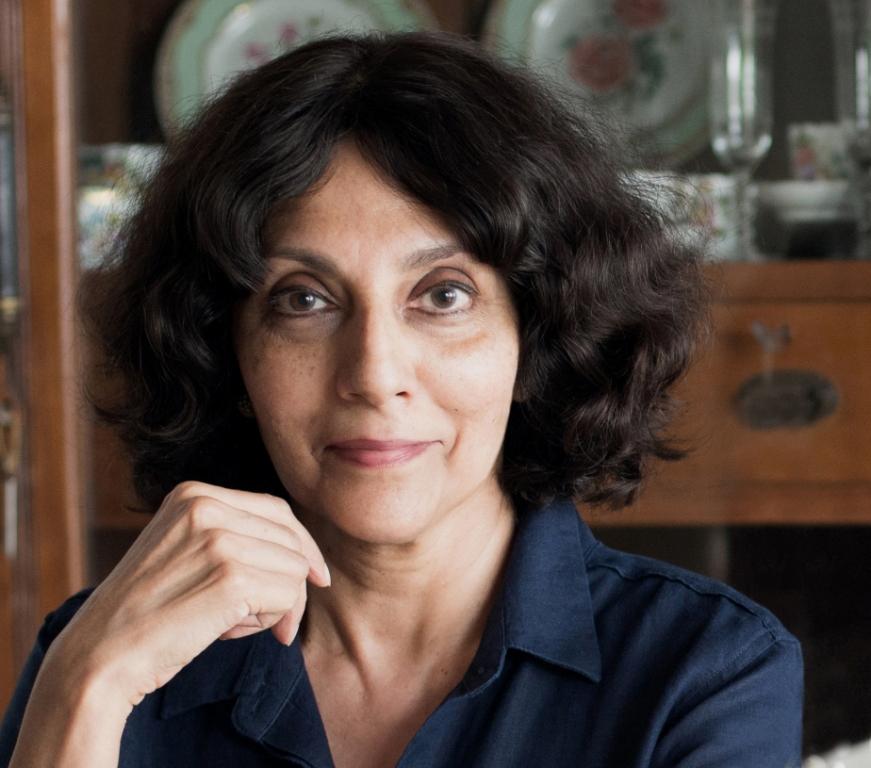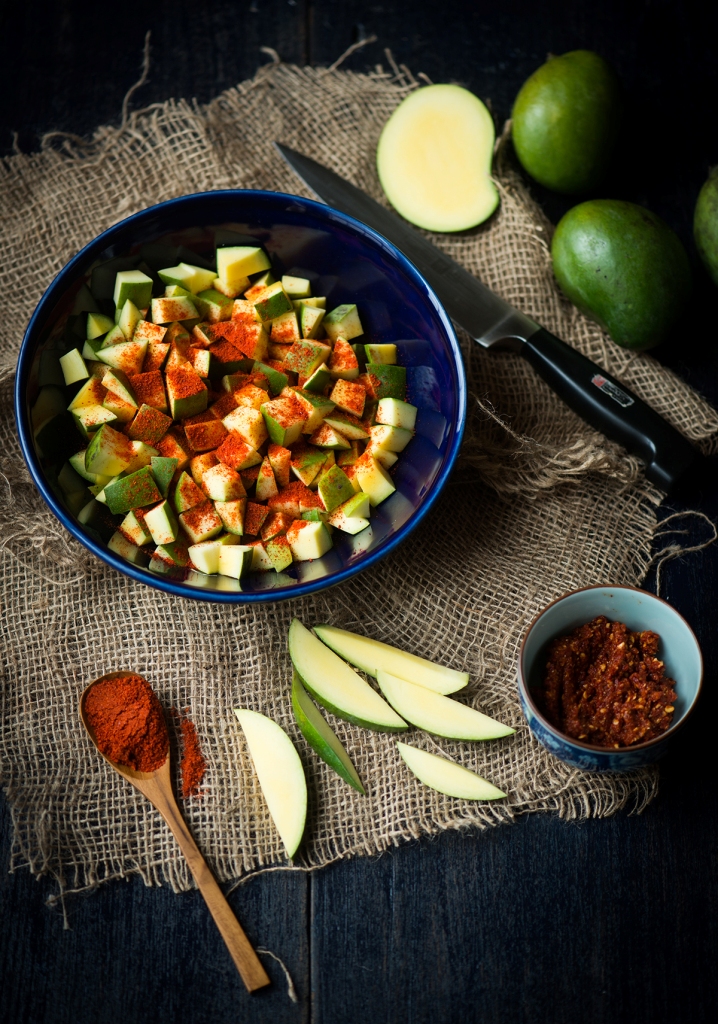Kaveri Ponnapa is obsessed about everything to do with food: “The history of food and the cultural aspects of cooking. And I find great pleasure in reading about food experiences described in beautiful prose.” It has been a lifelong passion that has taken the Bengaluru-based writer and author on incredible journeys across the world and India, from the smallest, most nondescript eateries to world-renowned restaurants.
After studying English literature at Lady Shri Ram College in Delhi, Kaveri did her Master’s in social anthropology at the School of Oriental and African Studies, London. Since then, she has written extensively on food, wine, travel, art and heritage for leading publications for over three decades. She consults chefs of leading hotels, conducts food festivals, and is the author of The Vanishing Kodavas, an in-depth cultural study of the Kodava people, and The Expediency of Colour, on the artist Rekha Rao Hebbar.

But one of her most brilliant works of writing, cooking and food styling is her blog The Coorg Table, on the cuisine of Coorg (also called Kodagu). “Some of my earliest and most vivid memories are of the special monsoon foods of Coorg. I grew up in different parts of the country, moving frequently, a very cosmopolitan, army background. But my most enduring memories of food come from my grandparents’ home in Coorg. The intense flavours of dried and smoked meats that were preserved for the long monsoon months stamped themselves on my memory. Images of baskets of wild mushrooms, steamy and damp from the forest, waiting to cooked to release their exquisite flavours, are unforgettable. There is also an indigo coloured payasa, made from a wild leaf that contains various natural medicinal and antioxidant properties, with a distinctive, herby flavour, which made a deep impression on me. If I close my eyes, I can still savour the fragrance of a huge pot of the extract simmering in my grandmother’s kitchen,” she tells eShe.

Kaveri began baking at the age of 16, guided by a cookbook she bought for herself. “My inspiration was, and still is, my late grandmother, who made the most excellent jams, jellies, squashes and preserves, which was typical of women of her generation,” she says. “She also baked beautiful cakes, pouring the batter, streaked with pink food colour, into a battered aluminium cake tin with a lid. She baked it in a wood/coal fired oven, managing the heat expertly, by moving the hot embers as required. Baking soon had me in its thrall.”
Kaveri’s work on her book, The Vanishing Kodavas, took her into the villages and many remote parts of Coorg she had never visited before, and she would often be invited to people’s homes for a meal. She saw it in the cultural context in which it had evolved over so many generations. “The people there lived in perfect rhythm with the seasons, close to their lives as farmers, something which we had grown a little distant from. Through their everyday cooking, they preserved generations of knowledge. Since life in Coorg itself was changing very rapidly, I realized that it was important to document this aspect of the culture, and started writing The Coorg Table,” she says of the beginnings of her blog.

The deeper Kaveri went into the food – the growing of it, the harvesting, the cooking, the exchanges – the more she realised the importance of understanding the logic of how we eat; our relationship to a landscape; the delicate equilibrium in which everything stands; and how this is all connected to the future of food and the environment.
This realization – that her own identity and food were inextricably linked – dawned while Kaveri lived and worked in London for several years. “This happened very subtly. I was Indian, but I was also from Coorg, something that I wished to express my many friends, of different nationalities. No one, including many Indians, had heard of Coorg. I found myself making an effort to cook and serve foods such as our classic puttu and pork, chicken and mutton curry combinations; I even started going to China Town to procure fresh bamboo shoots in an attempt to create dishes that best explained where we came from. You can say a lot about your heritage through the dishes you cook, spice blends, what you eat and what you don’t. I think that was a moment of self-awareness where cooking is concerned,” she says.

She believes that though men and women both have that connect with food and cooking, men have always been accorded greater prestige for their public and more visible involvement with food. “The important job that women do – of cooking food as sustenance, and passing on culinary knowledge on a daily basis – has been undervalued for generations,” she opines.
She gives the examples of female chefs who had to work very hard before they got their due recognition as chefs: Clare Smyth of Restaurant Gordon Ramsay, who earned three Michelin stars; Elena Arzak, who with her father runs the three Michelin-star restaurant Arzak in San Sebastien, Spain; and Nadia Santini, head chef at Del Pescotore, another rare woman with three Michelin stars to her credit.

“Interestingly, Del Pescotore draws on their own traditional family recipes as the base for their contemporary dishes, taking us right back to the world of domestic cooking, and the passing on of culinary knowledge within families. In my work as a food and wine writer I often meet young Indian women chefs who are so talented and determined to establish themselves. Garima Arora in Bangkok has just won her first Michelin, the only Indian woman so far. I’m sure more women will find their way to the top, in time,” she hopes.
Kaveri cooks and styles the food for her blog, and works with friends who take pictures. “Food styling is an art, a way of drawing out the story of the dish in images,” she explains. “Ordinary ingredients have a certain inherent artistry and individuality which you learn to recognise and try to portray. I think the most important lesson is to develop your own style, which comes from combining your memories, and the recollection of a mood, with a contemporary setting.”
First published in eShe’s March 2019 issue
Discover more from eShe
Subscribe to get the latest posts sent to your email.


Cooking has never been my thing. But the way it’s written about it here makes me enter the kitchen and try out some new recipes.
LikeLike